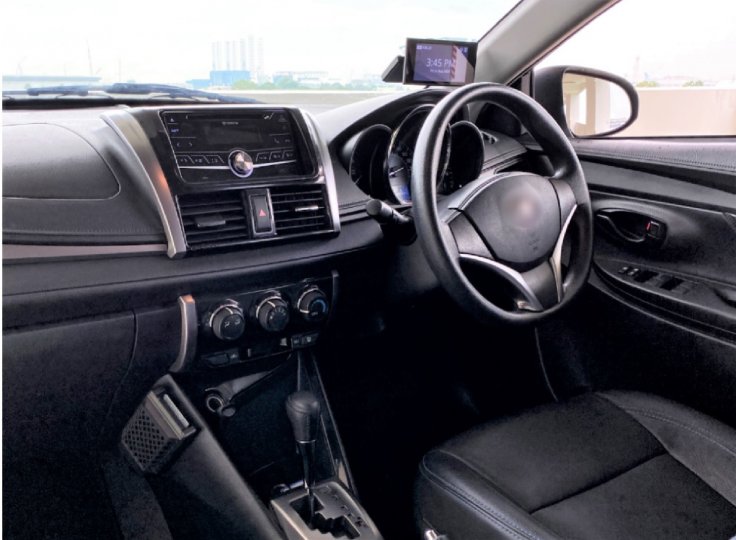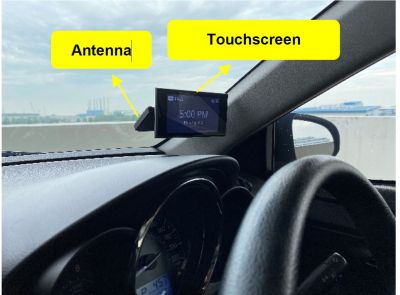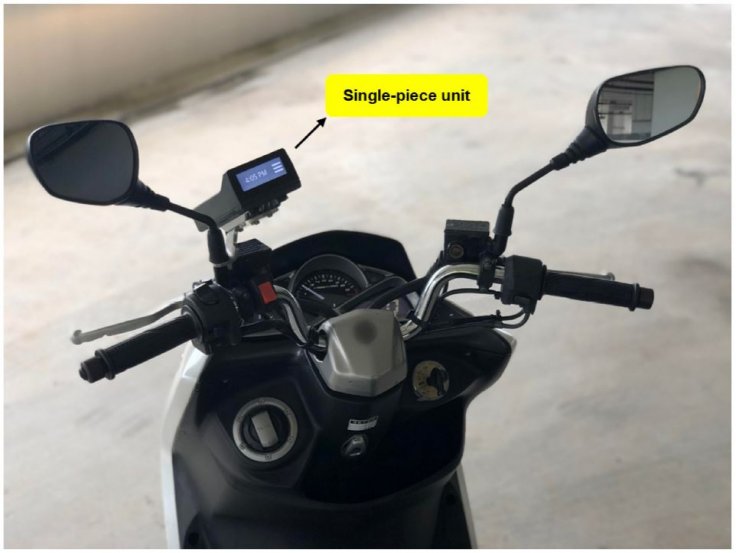Singapore's existing Electronic Road Pricing (ERP) system will soon make way for a robust satellite-based ERP with extra features. The system which will be implemented from next year (2021) will replace the traditional gantries to pay toll charges with 'slimmer' gates that occupy less space.
The city-state's Land Transport Authority (LTA) planned to begin rolling out the new system but had to delay due to the Coronavirus pandemic. Instead, the next-generation Global Navigation Satellite System (GNSS) ERP will complete the rollout by mid-2023.

Replacing Existing ERP Mandatory
It has been also made mandatory to replace all the existing ERP systems that were installed on vehicles to be replaced by the new ones as it starts rolling out. However, the new devices will be free of charge for the existing Singapore-registered vehicles. Although there are exemptions. construction vehicles, airport vehicles and some classic and vintage cars and tractors will not need the new devices.
The on-board units (OBUs) will come in three-piece equipment. The antenna unit needs to be attached to the windscreen with a touch screen display — similar to a smartphone — to be mounted on the dashboard with a processing unit that can be installed under the dashboard. For two-wheelers, the OBU will be a single piece device that has to be mounted on the vehicle.
During the transition phase, the existing units can still be used with traditional gantries present. "The ERP system was first introduced more than 20 years ago in 1998 and the infrastructure is reaching the end of its operational life. In the meantime, technology has advanced and offers us better solutions," the LTA said in a statement.



No Change in Payment System
The existing ERP system that was launched back in 1998 used RFID (radio frequency identification) technology to collect road charges with vehicles needed to go through gantries. The RFIDs are linked to a smart card, also known as CashCards, that is installed as an in-vehicle unit (IUs). As the motorists pass through the gantries, the toll charges were deducted from the stored cash.
With the next-gen satellite-based units, the existing payment system will continue such as CEPAS cards (NETS FlashPay and EZ-Link cards) and credit or debit cards, LTA said. The only change will be how gantries read the OBUs. Instead of scanning through the RFIDs, it will instead collect vehicle data from the satellite to charge a motorist.
There are additional features for the new ERPs as well. The OBUs are capable of providing real-time traffic updates, nearby locations and can also alert drivers of nearby school and silver zones (narrow paths and facilities for seniors).

Data Privacy
However, with every new piece of technology that involves data gathering, there are privacy concerns. The new OBUs will also collect data from users while the law and enforcement will be able to use that to penalize motorists for non-payment of ERP charges.
While there are other uses of the data, the LTA said it will be "anonymized or aggregated for traffic management and transport planning purposes."
"Vehicle-specific data will be used only for payment, charges and enforcement, such as against non-payment of ERP charges. Summons related to such non-payments will largely be auto-generated, like today," it added.
In addition, the LTA promises that the data will be safeguarded using "robust security" and strict policies to prevent unauthorized access and improper use under the Public Service Governance Act.









